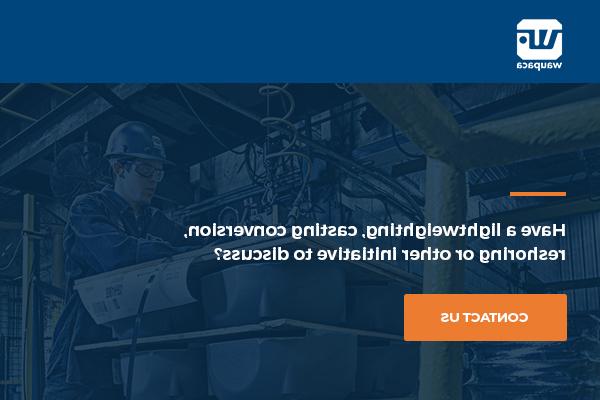Lost at Sea: The Impact of New Maritime Trade Regulations
史蒂夫·安东 | 材料处理 & 物流
Lost at Sea: The Impact of New Maritime Trade Regulations
2020年国际海事组织 regulations point to 航运 delays, new costs and supply chain vulnerabilities.
什么是2020年国际海事组织? 影响是什么??
从1月1日开始, 2020, all ships operating in the open sea must comply with stricter environmental regulation set by the International Maritime Organization (2020年国际海事组织), aiming to reduce sulphur oxide emissions from sea vessels by 85%.
Operational challenges will be considerable, 成本是天文数字, with a total global impact in excess of $1 trillion over five years, 根据 S&P Global Platts Analytics 估计.
While the onus for compliance falls on carriers, price volatility will continue with anticipated service disruptions as thousands of ships are taken out of the market to fit equipment called scrubbers (or a 改用低硫燃料 或使用液化天然气). 事实上, overall prices of container transportation and freight rates have already increased significantly, including one indicator—the Baltic Dry Index—that surged in September to its highest since November 2010.
Fleets will consider factors such as the age of their vessels, trading routes and locational availability of the various fuel options. 然而, with concerns around demand outstripping supply, fuel costs will increase along logistics timelines and availability of 航运. These costs and implications will be passed down to those 航运 材料.
What’s the best option for shippers today?
We would be remiss to say that there are no benefits to offshoring, but the concept became too common practice. Many companies moved production to low-cost countries, worried that competitors would gain a cost advantage; fixating on a component’s unit price rather the total cost of ownership, which oftentimes results in a 20% to 30% miscalculation of actual offshoring costs. Some of the most commonly cited costs include inventory carrying costs, 航运, travel expenses and communications issues, 海外工资上涨, as well as intellectual property risks.
今天,许多美国人.S. manufacturers are reevaluating production and sourcing locations and are realizing major benefits of reshoring for large volume of high-quality products.
在模塑橡胶类, an uptick in reshoring began years ago with motivations tied to quality standards and reducing supply chain exposure. This resurgence was largely due to an unbalanced increase in production costs with a steady, and even declining standard for quality. 例如, 2000年至2016年, indexed manufacturing labor costs increased 400% in China, 相比之下,美国只有2%.S.
在去年, 然而, 宏观趋势, trade war realities and regulations have further made the case clear for onshoring across industries, as OEMs realize the total costs of ownership of Made in USA components to be lower on average and declining.
Because of this—and impending 2020年国际海事组织 compliance—the 供应商 and OEM partnership will become more important than ever before, and companies that can source a local 供应商 will gain the advantage.
在零件供应商中寻找什么?
When a shipment isn’t crossing international borders or taking a long voyage over water, 物流成本更低, far less complex and ensure a higher confidence of on-time delivery.
Whether doing business locally or across borders, 生产或组装零件时, OEMs should turn to 供应商s that can truly address logistical gaps and overall manufacturability through design enhancements, advanced product quality planning and material offsets. Time to market can be reduced by leveraging fast prototyping, 开发生产, 有二次操作. 例如, manufacturers often find it easier and more cost-effective for part 供应商s to perform various assembly operations. This can range from simple packaging of various components to highly automated cells for part assembly and boxing.
Along with automated production processes, OEMs should source vertically integrated 供应商s that work as true partners, 从概念到商业化. If you must continue to do business with foreign manufacturers, make sure they understand the pace needed to launch new products, 过程效率技术, 比如可制造性设计, and can produce parts to exacting specifications. Don’t sacrifice quality or reliability, and never allow maritime industry changes to delay 航运 or increase costs for parts that can be made domestically.

